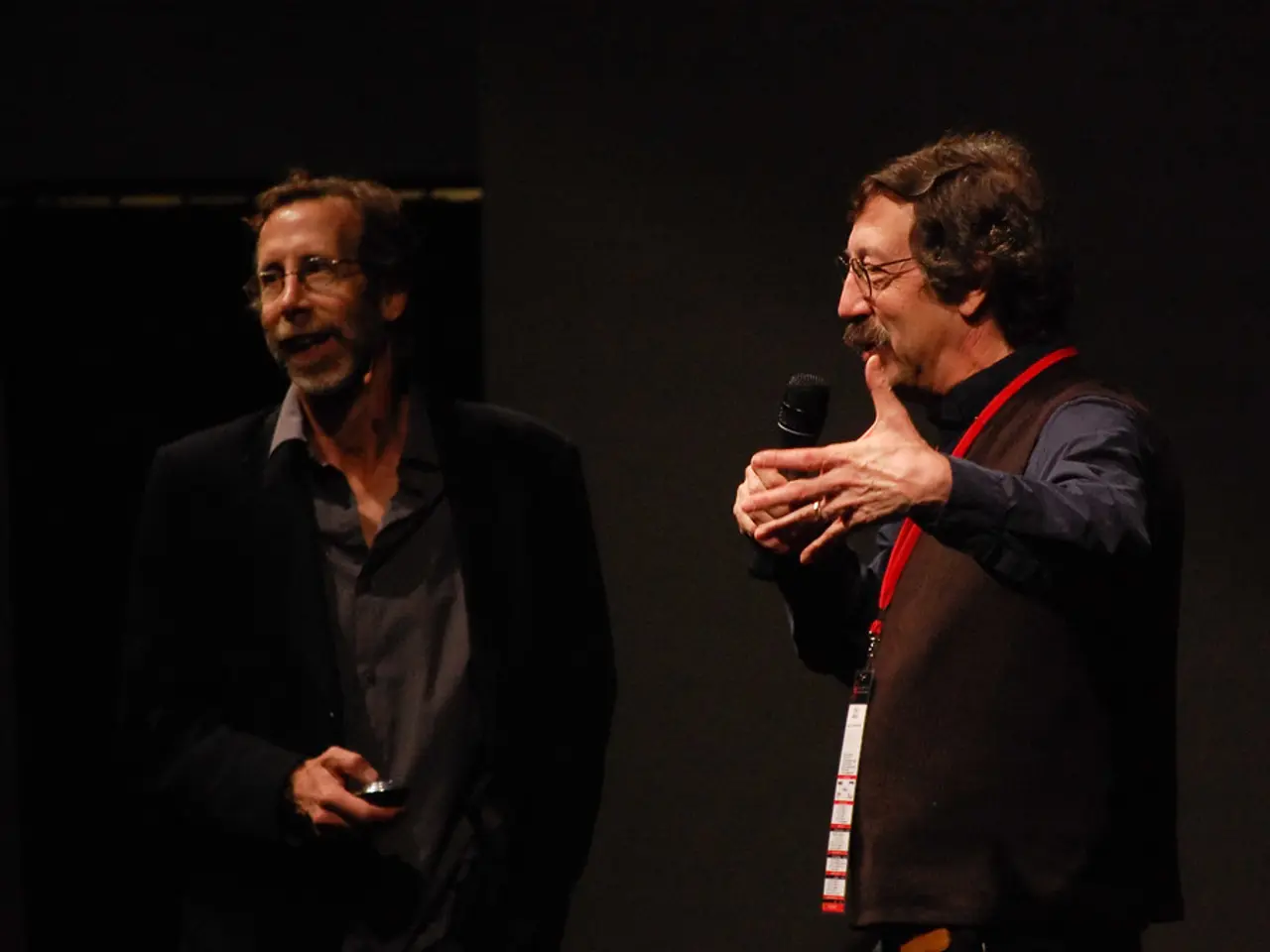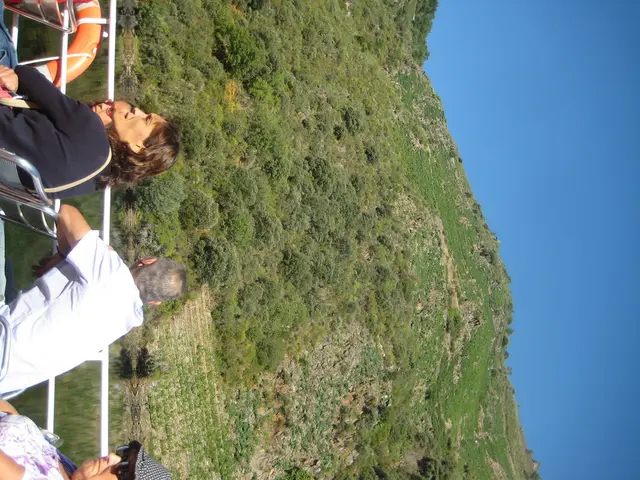Perspective on Hate Crimes: Persistent Presence in the Hindi Region's Core
In her latest book, "The Hindi Heartland: A Study," senior journalist and author Ghazala Wahab delves into the socio-cultural, historical, economic, and political aspects of a region consisting of states like Bihar, Chhattisgarh, Jharkhand, Madhya Pradesh, Rajasthan, Uttarakhand, and Uttar Pradesh.
Published by Aleph, the 528-page book costs Rs 999 and presents a detailed survey of the region and its plight. It offers reasons for its backwardness, situating the current state of affairs within its historical context.
According to Wahab, the social and economic backwardness of the region is a consequence of both its politics and economic backwardness. The political backwardness, she argues, is a result of caste and religion-based post-Independence politics that reduced the democratic process of elections to community loyalty rather than delivery of development and welfare.
The book illustrates how the region lost much of its rich diversity in order to manufacture a past and uniformity. This visible socio-economic impact of this loss continues to divide the society and create inter-community and religious conflicts on a day-to-day basis across the region.
All Hindi belt states are anxious to pass off hate crimes as law and order incidents to deny the existence of a trend or the emergence of a phenomenon, the book highlights.
To regain the lost tolerance and diversity of the Hindi Heartland, Wahab suggests it is essential to acknowledge and contextualize the region's rich socio-cultural heterogeneity and historical complexity, moving beyond the narrow caste and religion-based politics that have reduced democracy to community loyalty instead of fostering development and welfare. She emphasizes understanding the pluralistic legacy of the region to counteract the manufactured uniformity and restore its rich diversity.
The book concludes with a hopeful note, praying for the Hindi Heartland to reclaim its family legacy of tolerance and coexistence. Wahab ends the book with a prayer for the region to rediscover its roots and embrace its diverse heritage once again.
As a Delhi-based multilingual journalist and writer, Wahab brings a unique perspective to the table, offering a nuanced and insightful analysis of the region's challenges and potential solutions. "The Hindi Heartland: A Study" is a must-read for anyone interested in understanding the complexities of this important region and its journey towards progress.
Read also:
- Peptide YY (PYY): Exploring its Role in Appetite Suppression, Intestinal Health, and Cognitive Links
- Toddler Health: Rotavirus Signs, Origins, and Potential Complications
- Digestive issues and heart discomfort: Root causes and associated health conditions
- House Infernos: Deadly Hazards Surpassing the Flames








